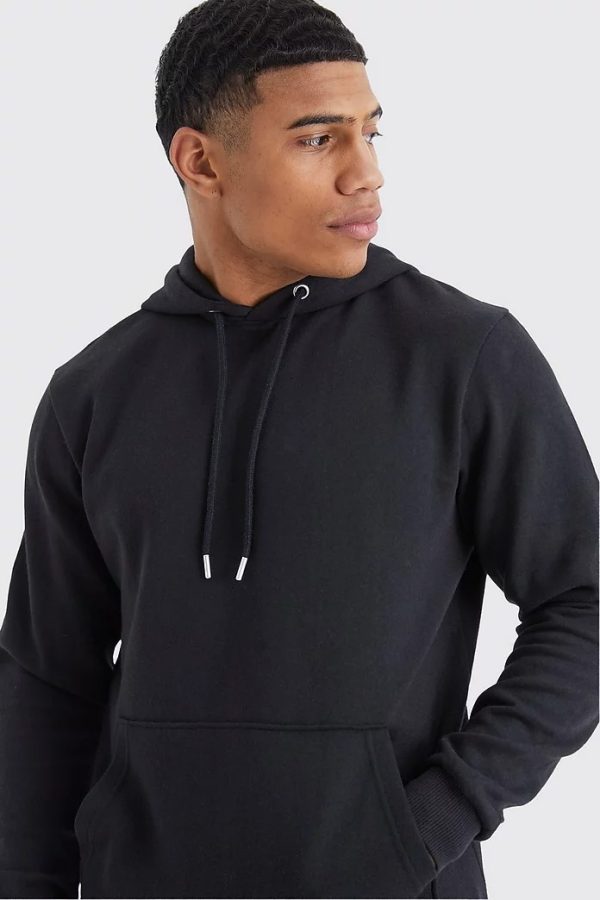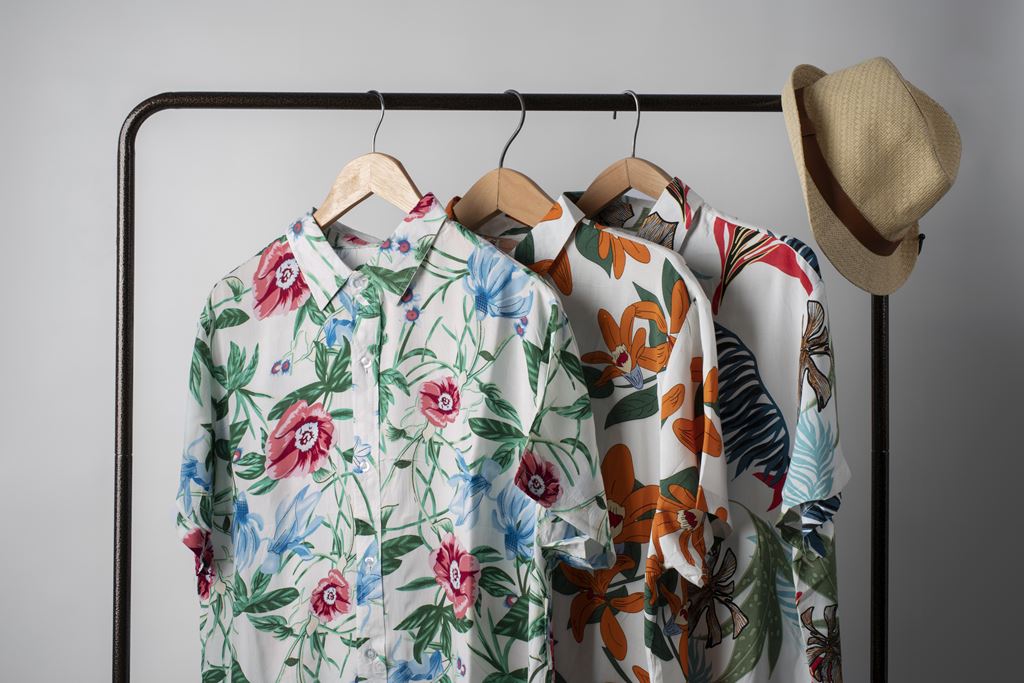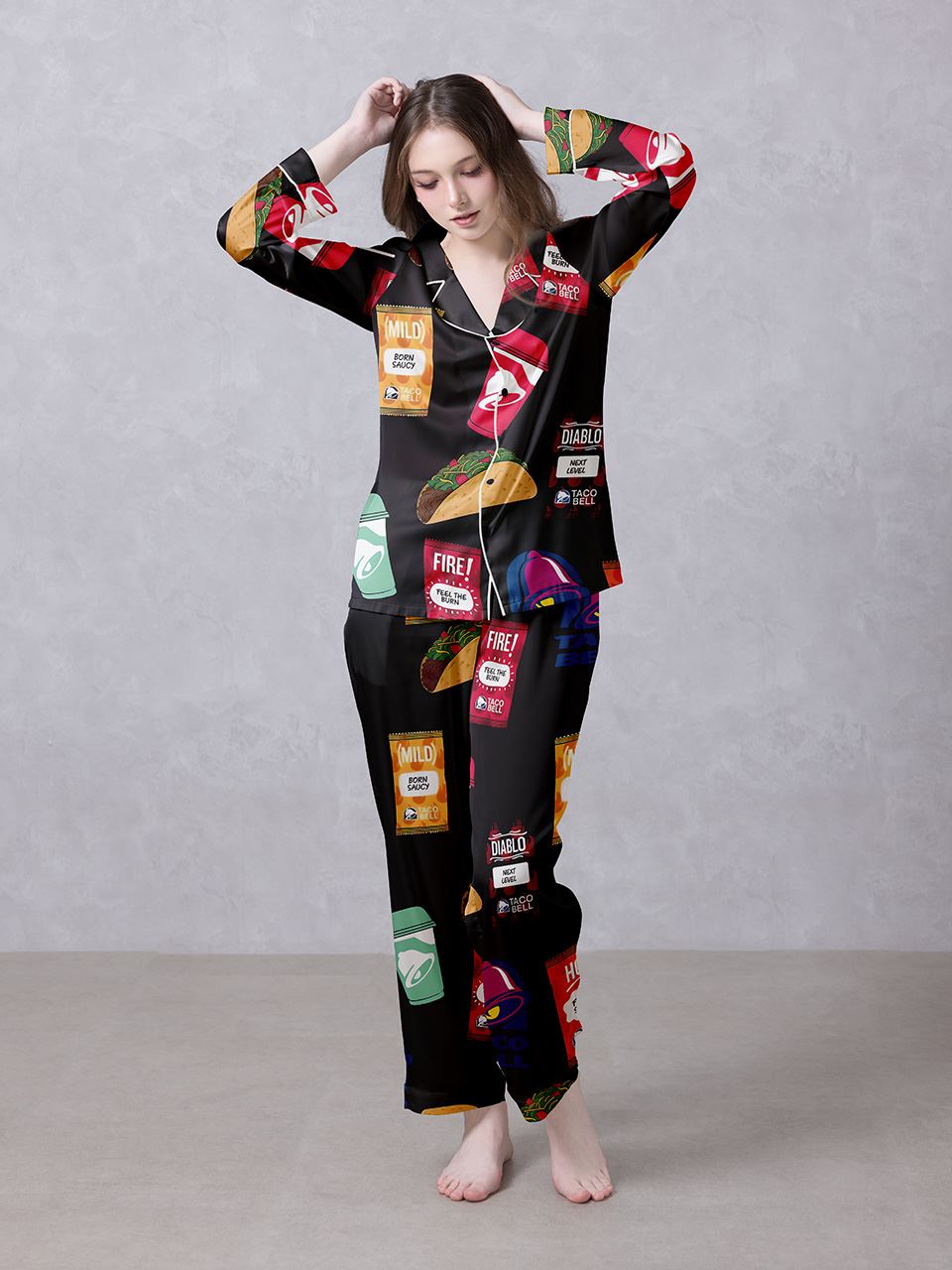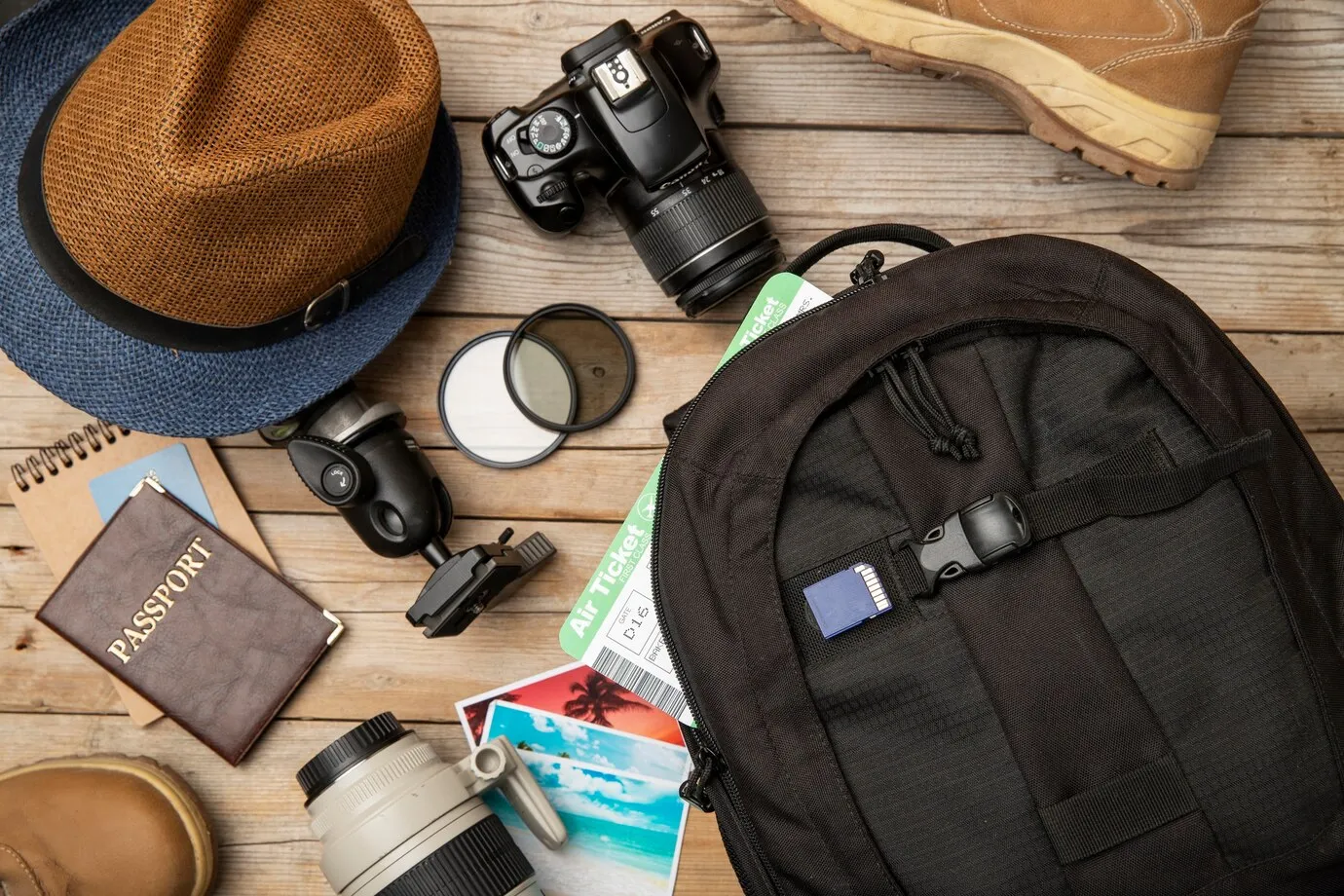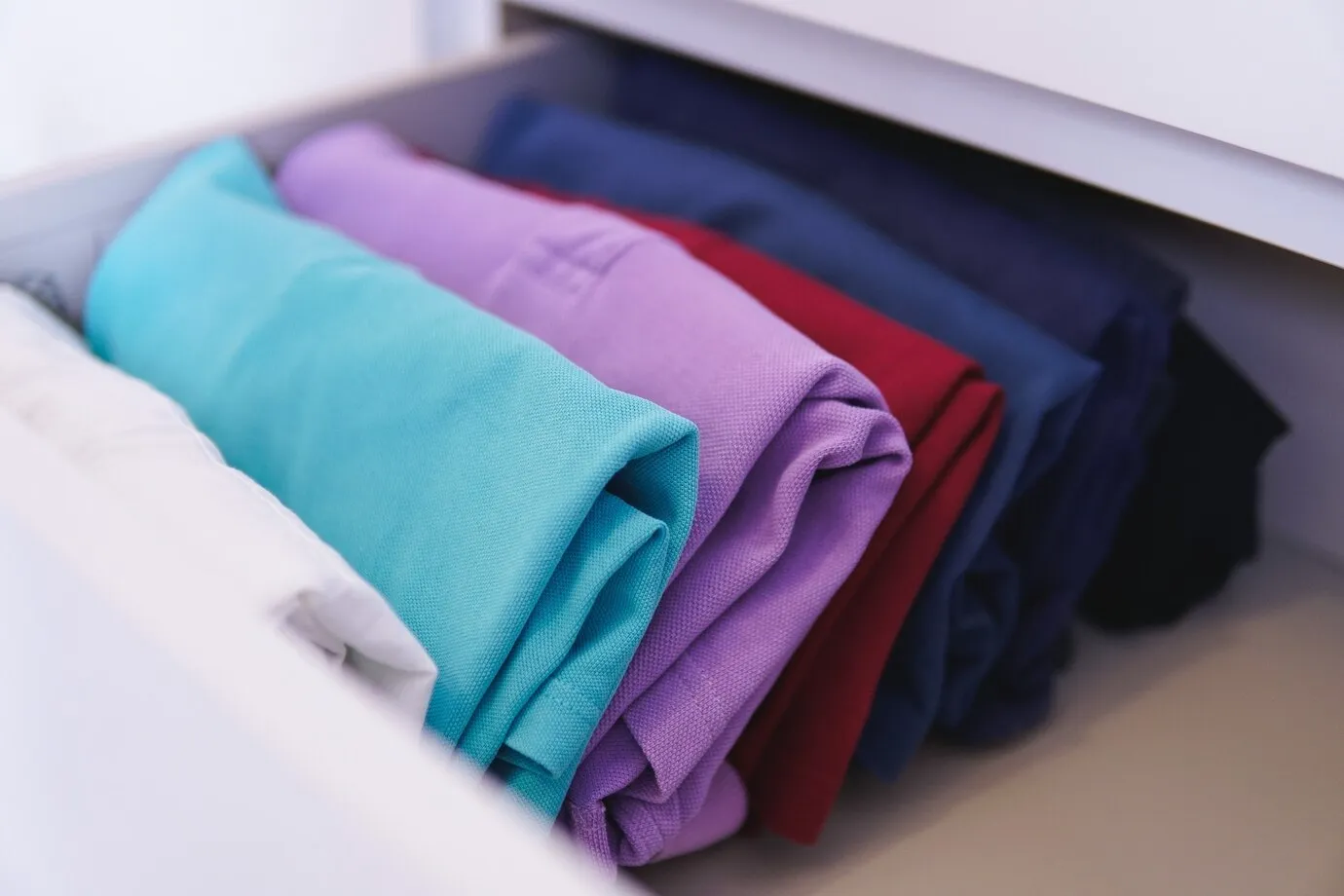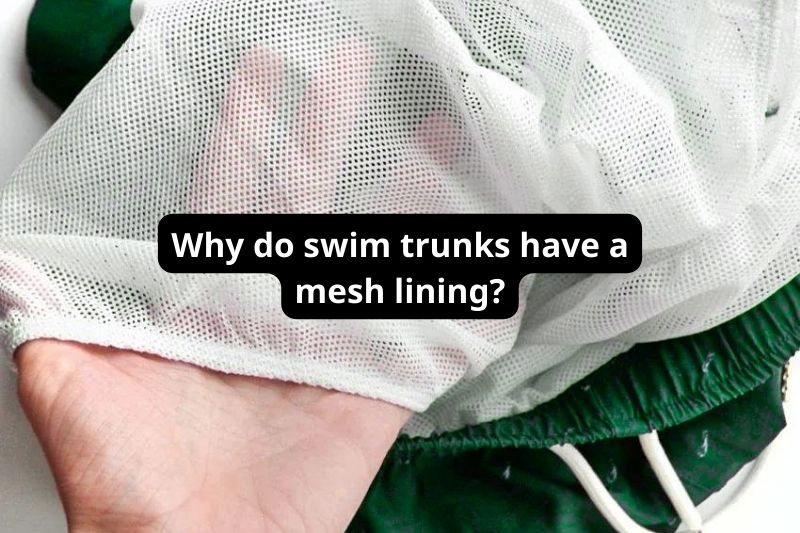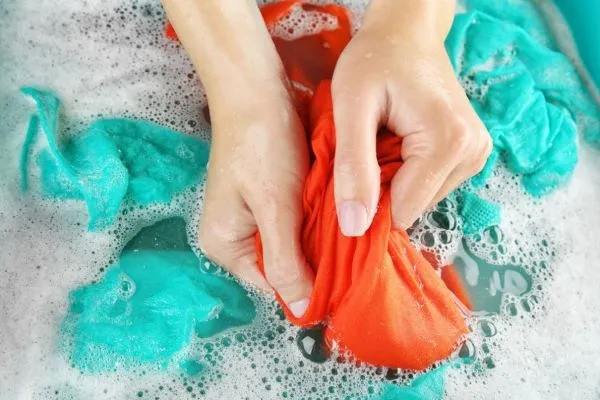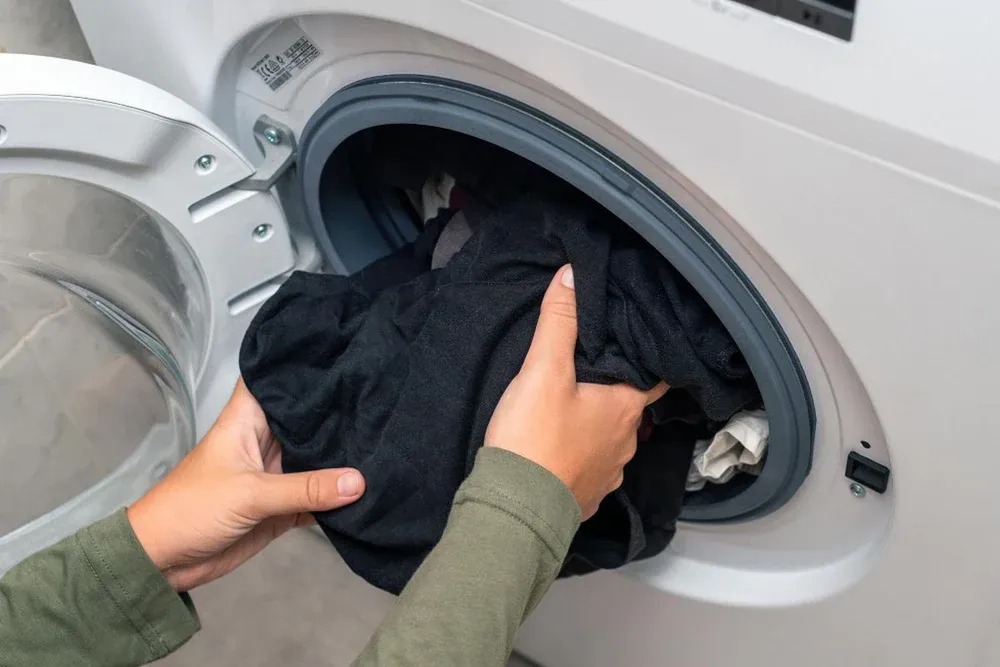Complete guide to sunburn treatment and relief
Sunburn can cause significant discomfort and damage to your skin. Whether you’ve spent too much time under the sun at the beach or simply forgot to reapply sunscreen, effective sunburn treatment and relief are essential for soothing your skin and preventing long term effects. In this “Complete Guide to Sunburn Treatment and Relief,” Teroprints will provide you with effective remedies, prevention strategies, and essential tips to help you recover quickly and maintain healthy skin. From natural treatments to over the counter solutions, we cover everything you need to know to manage and alleviate the pain of sunburn. Let’s dive into the ultimate strategies for sunburn relief and ensure your skin gets the care it deserves.
Contents
ToggleI. What is Sunburn?
Though it might seem straightforward, sunburn is more than just a burn from the sun. Technically, it refers to your skin’s reaction to overexposure to UV (ultraviolet) rays. This type of light, primarily found in the sun’s rays, can affect any exposed skin not shaded or covered by clothing. UV light can also be artificially emitted from various sources like certain lasers, sun lamps, and tanning beds.
When UV rays hit your skin, they can cause varying levels of damage. Imagine it as a battle between UV rays and your skin cells. The UV rays attack your skin cells first, trying to damage them after excessive exposure.
Thankfully, your body recognizes this assault and tries to defend the attacked skin cells by sending reinforcements. However, there’s a limit to how much protection your skin cells can provide against the powerful UV radiation. When the exposure becomes too much, it results in the death and damage of some skin cells.
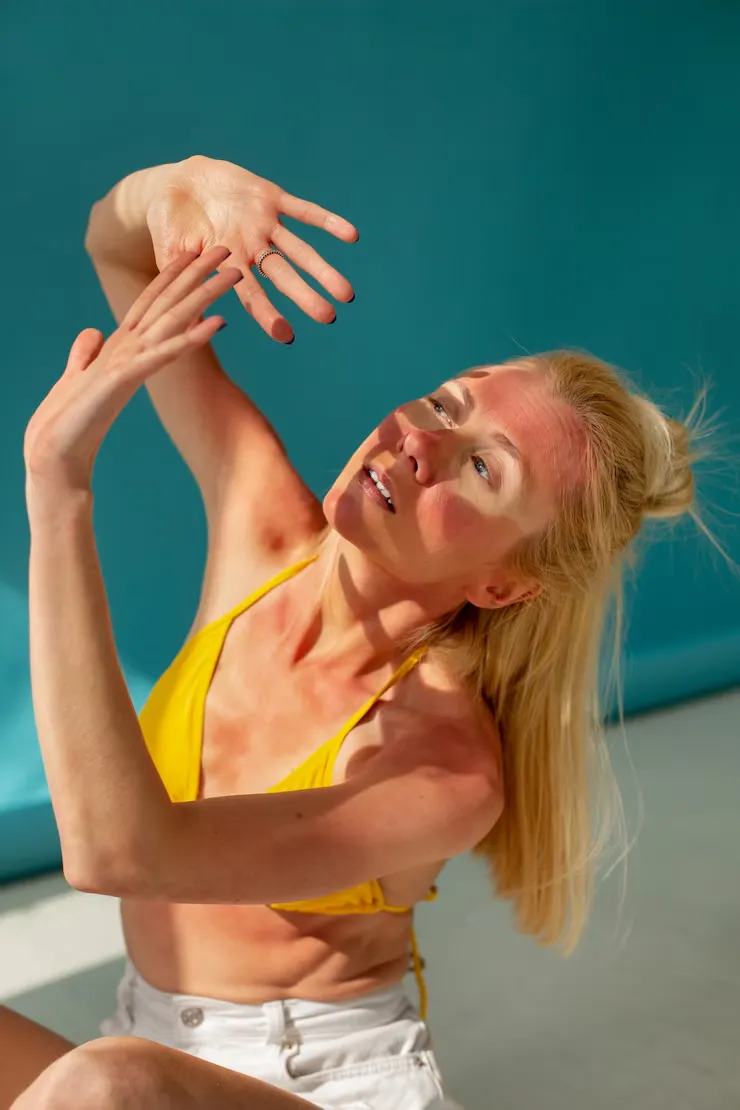
At this point, you can see and feel the effects of sunburn: skin tenderness, warmth, and a red or pink color in the affected area. These symptoms indicate that your skin has been overexposed to UV rays and blood is being rushed to the area to heal the sunburn and the damaged cells.
Most sunburns can be treated at home, and many symptoms fade within a few days. However, sunburn can cause lasting damage to your skin cells, sometimes leading to mutations and skin cancer.
This information isn’t meant to deter you from enjoying sunny days. Instead, it’s to help you understand what sunburn is, how it occurs, and why protecting yourself from harmful UV rays is essential while having fun in the sun.
Remember the battle scene between UV rays and your skin cells? You can give those cells a layer of ultra-protective armor by using sunscreen to block the UV rays from damaging your skin. Applying SPF 30 (or higher) regularly before and during sun exposure, along with using protective accessories like hats, coverups, and umbrellas, ensures a win against UV rays and prevents sunburn.
II. Best treatments for sunburn
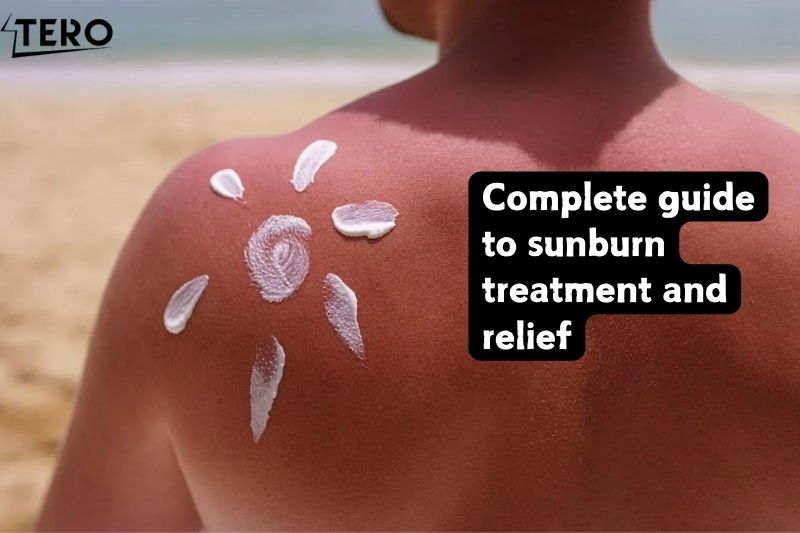
There’s a special joy that comes from a fun beach day with slightly sun-kissed skin free of sunburn. But there’s also a certain displeasure in assessing sunburn damage after an otherwise perfect day. If you’re experiencing sunburn, here are some treatments to get relief while your skin heals.
1. Stick to the shade
Before treating sunburn, it’s crucial to avoid further UV exposure, which will only worsen the condition. Ideally, stay out of the sun completely while your sunburn heals. However, staying indoors for days might not be appealing. Instead, be mindful of your plans and apply plenty of sunscreen, especially on the affected areas, before leaving the house. This prevents exacerbation of existing sunburn and further UV damage.
In addition to sunscreen, wear protective clothing that shields your sunburned skin from UV rays. For painful or sensitive sunburn, opt for soft, stretchy rash guards with SPF for comfort and protection. Choose light, airy fabrics to cover sunburned skin, like breathable linen shirts. Even with these protective layers, minimize direct sun exposure and stay cool in the shade.
2. Utilize topical products
While there’s no magic cream to reverse sun damage completely, some topical substances can provide symptom relief. A good lotion can work wonders by rehydrating the skin after sun exposure. Choose a trusted brand with soothing ingredients like aloe, oatmeal, or coconut oil. For added coolness and relief, refrigerate the lotion before use.
Natural remedies can also be effective. For facial sunburn, especially around the eyes, place cool, wet tea bags on each eyelid to alleviate pain and burning. Other remedies include adding oats to a cool bath, applying milk with a cloth, or spreading yogurt over the affected area for a few minutes.
3. Get enough rest and hydration
Good sleep and hydration can significantly aid in sunburn recovery. After sunburn sets in, your body works hard to repair its cells and heal your skin. Hydrate well to support this process and get enough sleep to give your body the energy it needs for healing.
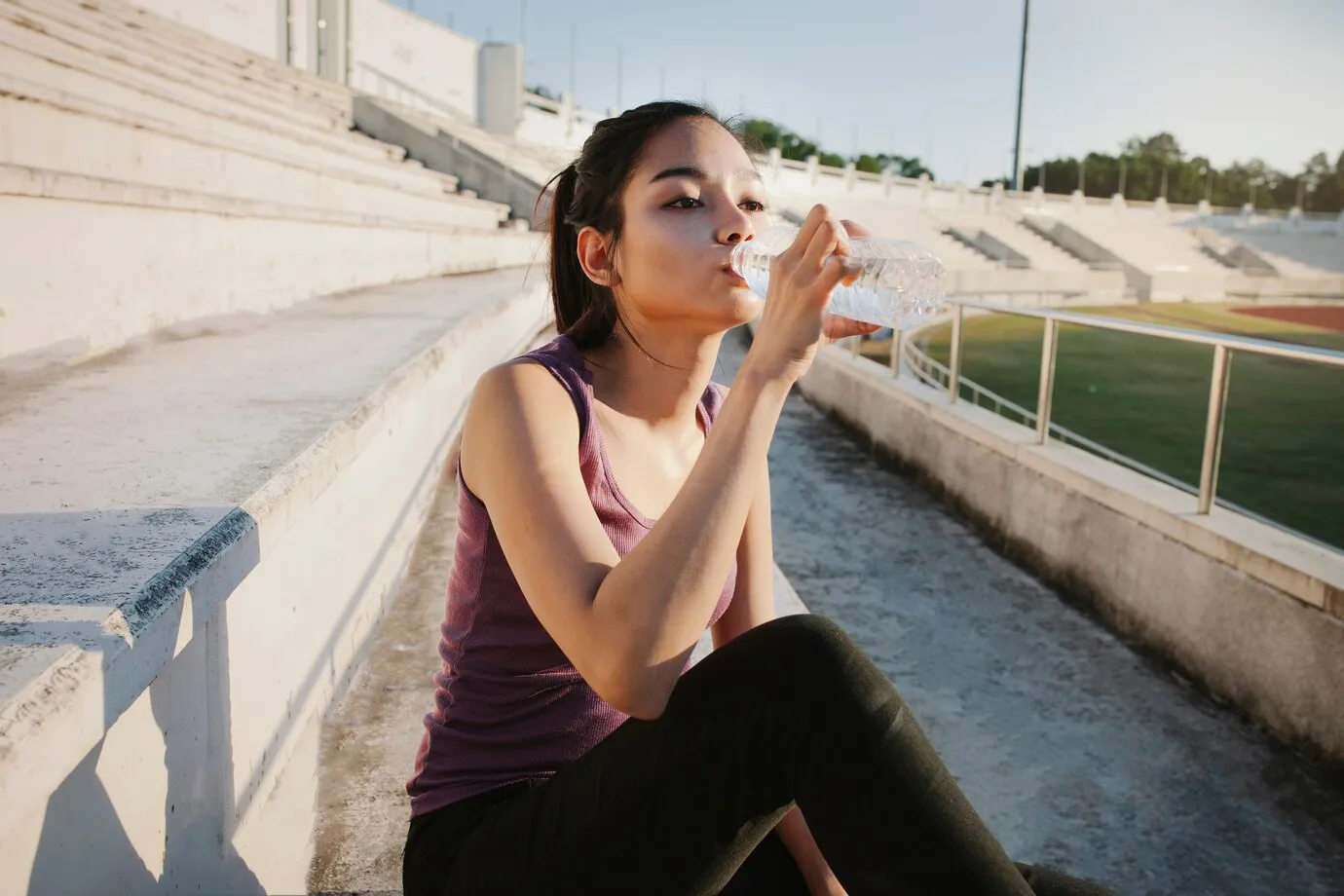
4. Take pain relievers if necessary
Stay ahead of sunburn pain by taking over-the-counter pain relievers like ibuprofen if you feel yourself getting burned. This can alleviate initial pain, stinging, and burning. Then, focus on resting, staying in the shade, and applying topical treatments with less pain.
5. Protect blisters and peeling
Blisters and peeling skin often accompany more severe sunburns but can happen to anyone, especially those with sensitive skin. These conditions signify dead skin being removed to allow new skin to form, so avoid disturbing the process. Moisturize daily and avoid clothing that might irritate blistered or peeling skin.
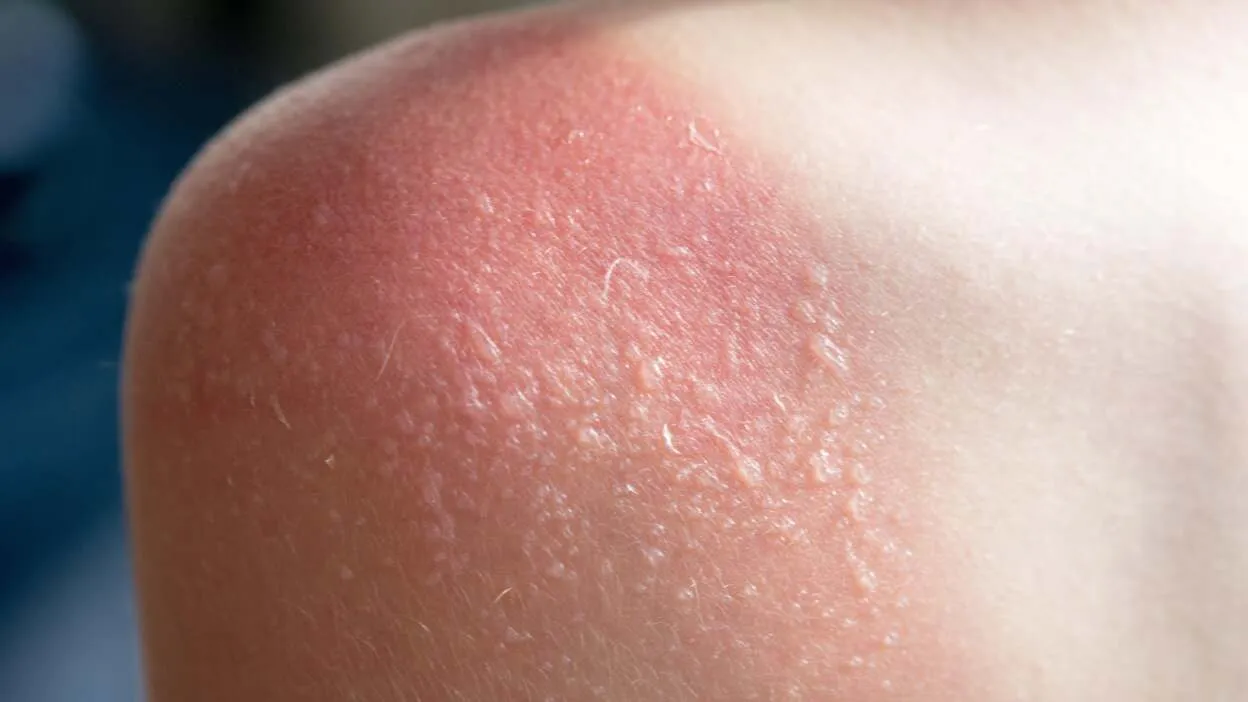
III. How to prevent sunburn
The best sunburn is the one that never happens. Preventing sunburn involves creating good habits, especially with sunscreen. Wear sunscreen at the beach, pool, grocery store, and outdoor activities. Reapply if you’re outside for extended periods, and don’t forget areas like the back of the neck, tops of the ears, and scalp. Choose “reef safe” or “reef friendly” products that don’t contain oxybenzone or octinoxate, which harm coral reefs.
Wearing protective clothing is also crucial. The perfect beach outfit includes a hat, polarized sunglasses, a long-sleeve shirt for cover, and your favorite Tero Swim Trunks. Here’s to enjoying beach weather, protecting your skin, and knowing the best tricks for sunburn relief! Here are some essential tips to help you protect your skin from harmful UV rays:
1. Use sunscreen regularly
One of the most effective ways to prevent sunburn is by applying sunscreen. Choose a broad-spectrum sunscreen with an SPF of at least 30. Apply it generously to all exposed skin areas, and don’t forget often-overlooked spots like the ears, neck, and the tops of feet. Reapply every two hours, or immediately after swimming or sweating.
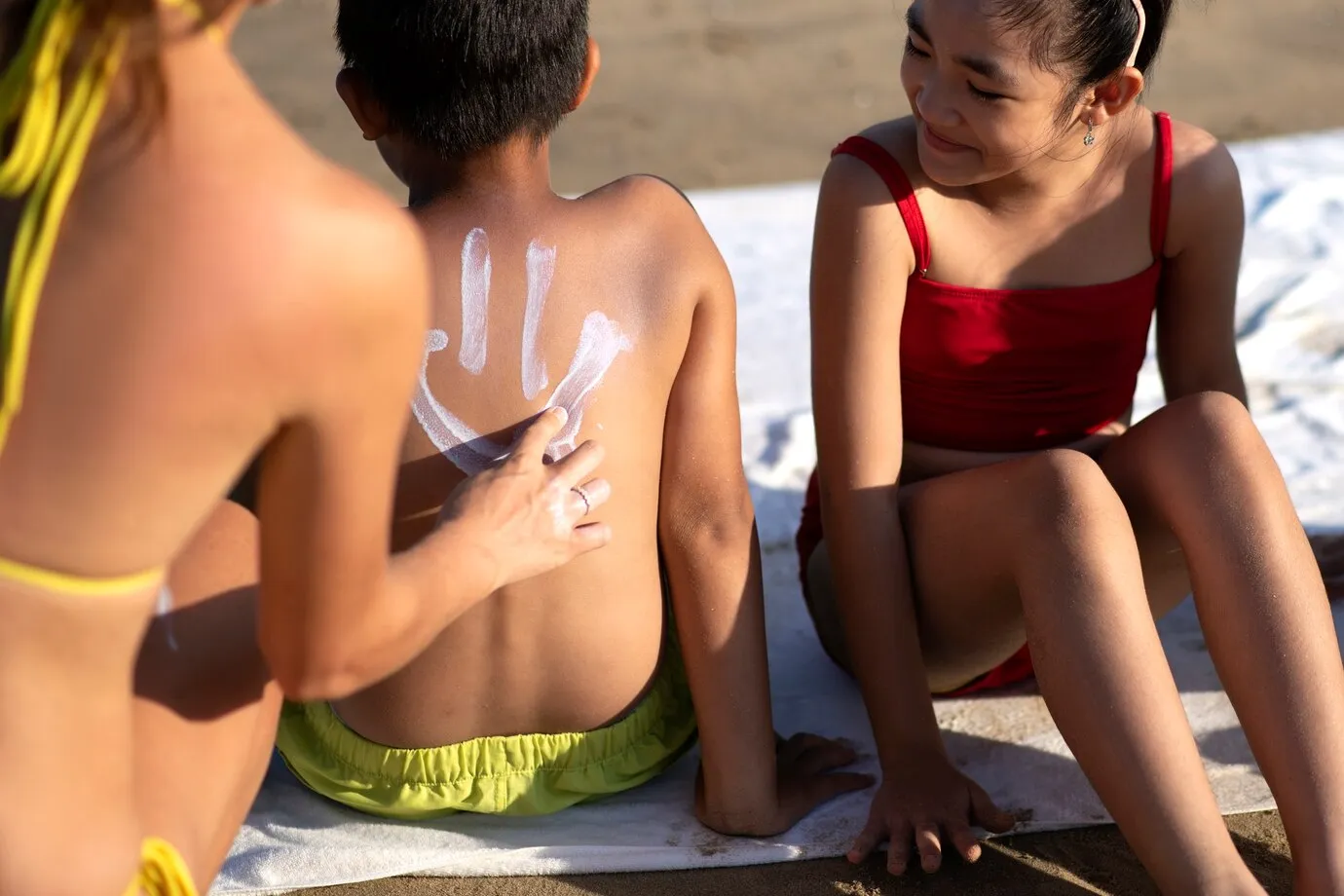
2. Seek shade
Whenever possible, stay in the shade, especially during peak sunlight hours between 10 a.m. and 4 p.m. If you’re at the beach or a park, use umbrellas, trees, or shelters to stay out of direct sunlight.
3. Wear protective clothing
Wearing the right clothing can significantly reduce your risk of sunburn. Opt for long-sleeved shirts, long pants, and wide-brimmed hats to shield your skin from the sun. Consider clothing specifically designed to block UV rays, which can provide added protection.
4. Accessorize with sunglasses
Protect your eyes from UV radiation by wearing sunglasses that block 100% of UVA and UVB rays. Look for glasses labeled with UV400 or 100% UV protection to ensure maximum safety.

5. Avoid tanning beds
Tanning beds are not a safe alternative to the sun. They can increase your risk of skin cancer and cause premature aging. If you want a tan, consider using self-tanning products instead.
6. Stay hydrated
Drinking plenty of water helps keep your skin hydrated and healthy, making it more resilient to the sun’s rays. Aim to drink at least eight glasses of water a day, and carry a water bottle with you when you’re outdoors.
7. Check the UV index
Before heading outdoors, check the UV index for your area. The UV index informs you of the intensity of UV radiation and helps you decide how much protection you need. On days with a high UV index, take extra precautions.
8. Avoid sunburn triggers
Certain medications and cosmetics can make your skin more sensitive to the sun. Check the labels for warnings about sun sensitivity and avoid using products that could increase your risk of sunburn.
9. Plan outdoor activities wisely
If you’re planning to be outside, try to schedule activities either early in the morning or late in the afternoon when the sun’s rays are less intense. This can significantly reduce your exposure to harmful UV rays.
IV. Conclusion
By following these tips, you can enjoy the outdoors while keeping your skin safe and healthy. Remember, prevention is key to avoiding sunburn and maintaining beautiful, youthful skin for years to come.
You can explore more about Hawaiian Islands, Hawaiian Shirts and Swim Trunks to discover their unique styles, history, and tips for choosing the right one for you. For a wide range of stylish options, visit Teroprints Shop, where you’ll find a collection of Swim Trunks and Hawaiian Shirts that are perfect for any occasion.
Don’t forget to stay connected with Teroprints on Instagram, Pinterest, and Facebook to keep up with our latest product releases and updates. Follow us for the newest trends and exclusive deals!
You can refer to the articles below for more helpful information:
- What to bring when traveling? Checklist of 20+ essential items you shouldn’t forget when traveling
- 5 Quick, simple, space saving methods to fold Polo Shirts
- How to lace Converse shoes: 9 Unique and stylish ways to tie Converse shoe laces easily
- How to properly wash a Hoodie to keep it beautiful and durable
- How to wash your Baseball Jacket
- What is Freestyle? Learn everything about this Freestyle Style

